Beautiful Bioswale
Last week, while the sun was still warming the days, I took a walk around the abundant bioswale at City Center Wine District. There were many bees, especially around the purple thistle, several Common Blue butterflies flitting about, along with a Rufous hummingbird having a buffet on many different plants. This centerpiece is quite an entwinement of nourishment for pollinators, and has recently become Certified Wildlife Habitat through the National Wildlife Federation.
Certified Wildlife Habitat contains all the vital resources to encourage and support wildlife sustainability. These elements are basically the same as human needs - clean food, water and air, secure cover, and protection for the young. This space, whether a habitat garden, bioswale, or other sanctuary land, provides critical refuge from shrinking natural habitats, harsh elements and conditions, which include general cityscapes, for local, as well as migratory species.
I understand that to some, from a distance, this wild land planting might resemble, a patch of weeds needing taming. And, unfortunately, through our land use history, taming has been akin to killing off ‘undesired’ plants. These plants were deemed undesirable by humans, but were indeed desirable to wildlife and we are now experiencing the consequences of humanity’s narrow and mono-focused actions. In other words, we know better now. Perhaps it’s time for us to each have our own personal bioswale, or encourage block and community bioswales for a sustainable future.
So, what is a bioswale? The prefix ‘bio’ refers to living vegetation, while the root word ‘swale’ means a low or hollow place that is often wet. They are designed and built to mimic nature and manage water usage. Built into this word, bioswale, is a cost-effective and attractive way to improve treatment of storm water runoff, while also helping to restore the local ecosystem, improving environmental quality, all while creating long-term sustainability. It’s a win/win for all living creatures.
By definition, Wikipedia says they are considered “channels designed to concentrate and convey storm water runoff while removing debris and pollution. They are typically vegetated, mulched, or xeriscaped. They consist of a swaled drainage course with gently sloped sides.” In layman terms a bioswale is an eco-practice that captures rainwater, often the ‘first flush’ which is generally the most polluted. These drainage areas can be left as a simple water pathway, or as in the Wine District, be seeded with a variety of plant species for beauty and wildlife habitat. When planted, bioswales are also known as rain gardens.
Bioswales and rain gardens sound similar, but they are slightly different. While bioswales are designed to slow down rainwater through a curving or linear path, rain gardens are built to capture, store, and infiltrate rainwater in a bowl shape.
Along with the plants that have flourished in this year’s growth of the rain garden, Willow and Aspen trees have also been seeded, so we can hope to see them in the next couple of years.
And just for additional interest, Asante also uses bioswales to naturally remove pollution and surface runoff in areas around some of their buildings. Plus it adds to the green areas around the hospitals and offices enhancing the healing experience of being part of the natural world.
The bioswale/rain garden at City Center Wine District works as an oasis for wildlife in an industrial area desert. It’s a stop over and watering hole for the winged and others, not unlike The Urban Cork is an oasis for wine lovers in downtown Medford. We all need a place of refuge, and sipping nectar.
So, next time you’re needing a refuge, check out the rain garden growing in downtown Medford. It’s a living testament to Linda Donovan’s commitment to best practices and continued sustainability for City Center Wine District, our community, and the planet at large.
In beauty ~ the wine muse at City Center Wine District
